“Every year, the women of New York leave the past behind and look forward to the future. This is known as Fashion Week,” or so claimed one Ms. Carrie Bradshaw.
But if the unrelenting ubiquity of the discourse that’s plagued past seasons, both IRL and across every fashion media URL – and is now freshly unfolding with renewed vengeance – is to be believed, New York Fashion Week is (finally) dead. And its tombstone is inscribed with the words “Mormon tradwife TikTok power couple” who constituted WWD’s “Fantasy Front Row for the Spring 2025 Shows”.
Yet, as I devoured said discourse via my preferred means of perusal – two-week old TikToks that had trickled down to a Instagram casual corner much like Miranda Priestly’s cerulean monologue – all of which sounded in unison the death knell of the New York fashion scene, I couldn’t help but wonder, is the departed soul of NYFW really no longer in the room with us?
Of course, its Bryant Park heydays as immortalized in the likes of Sex and the City, The Devil Wears Prada or The September Issue are well behind us. But it was also only last season that Beyoncé decided to turn up – quite literally at the eleventh hour – to the Luar show in Bushwick, with sister Solange and mother Tina Knowles in tow, sending Ubers overflowing with fashion editors racing to the venue.
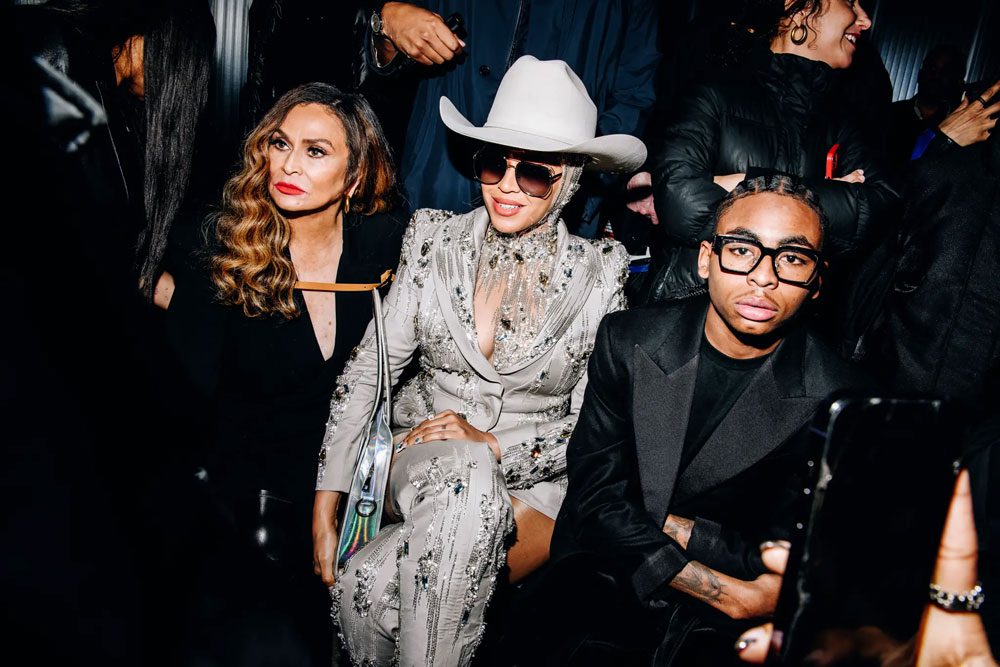
So, is this, in Ms. Bradshaw’s words, what the future looks like?
Never Let a Good Crisis Go to Waste
Given its awfully long runtime – 81 years to be specific – it’s easy to imagine New York Fashion Week as the octogenarian in its deathbed, quietly willing away its days.
And by that math, NYFW owes its origins to an enterprising Ms. Eleanor Lambert, publicist by profession, press director of the New York Dress Institute, and subsequently, founder of the Council of Fashion Designers of America (CFDA), who unveiled Press Week (later Press Week of New York) at the Plaza Hotel in 1943.
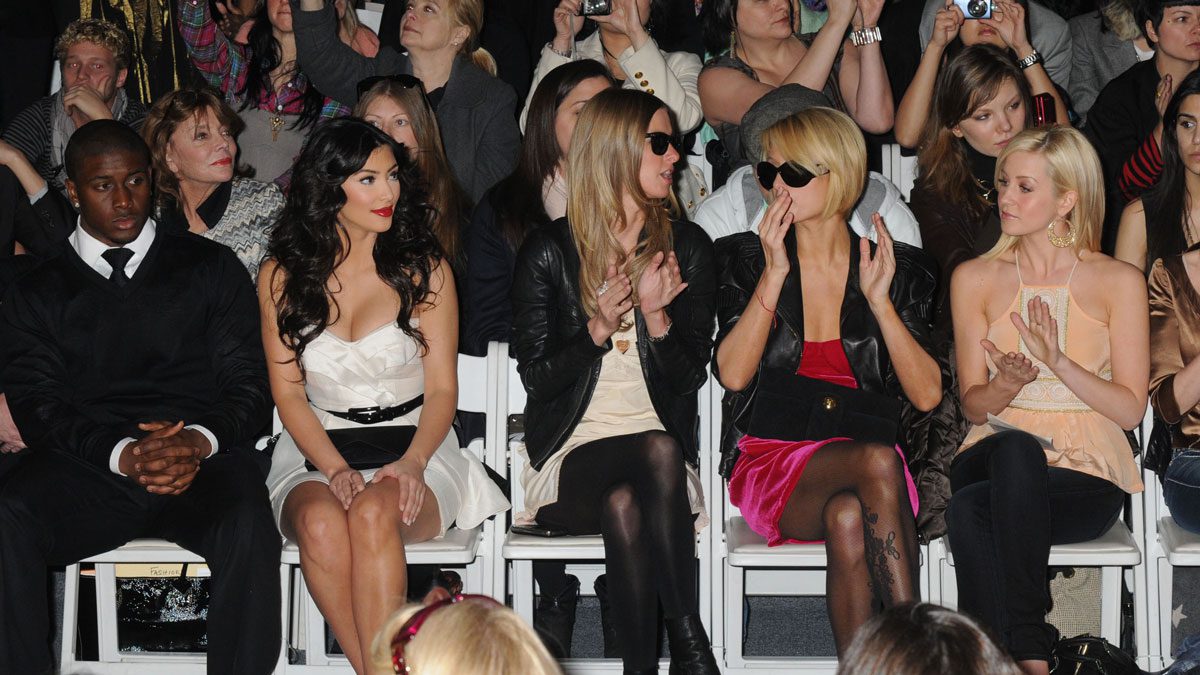
Really, however, the roots of Press Week goes a little farther, to the 1930s, when American fashion magazines all stood in reverence to – and almost exclusively featured – Parisian fashion, or American emulations of Parisian fashion. Carmel Snow, editor-in-chief of Harper’s Bazaar, even famously declared in 1934: “I was no more willing to conceive the permanent fall of Paris than Charles de Gaulle.”
But as the sovereignty of French fashion was knocked slightly askew by the German occupation of its capital at the height of the Second World War, American designers and, in effect, American magazines, were left to their own devices for the first time.
The natural outcome? Why, Press Week, of course.
And like Winston Churchill said, “Never let a good crisis go to waste,” the success of Press Week inspired a whole slew of American designers to display their wares beyond the confines of the Plaza, across artistically strategic showrooms, nightclubs, lofts, and galleries, even when the post-war Parisian fashion scene was making swift strides to catch up, notably with Christian Dior’s New Look.
By the 80s, NYFW had cemented its place among the Big Four of fashion weeks alongside Milan (1958), Paris (1973) and London (1984).
Clearly, there was no stopping it now. Or was there?
A Haute Mess
Back then though, NYFW looked very different from what it does today.
And the way it looks today is largely owing to Fern Mallis, the executive director of the CFDA in 1993, who sought to centralize the shows (that had by now come to comprise big names like Ralph Lauren, Oscar de la Renta, Halston and Calvin Klein, and even bigger names like Leonardo DiCaprio in attendance) at Bryant Park.
It was a move that both streamlined the shows for the showrunners, and solved the logistical nightmare that trekking to different venues posed to showgoers at the time.
Christened the “Seventh on Sixth” – an allusion to the garment district moving one avenue to the east – the white-tented spectacle, rebranded to Mercedes-Benz Fashion Week in 2007, remained a staple of the city’s fashion scene for 16 years, until disagreements with the Park management prompted a move to the Lincoln Center.
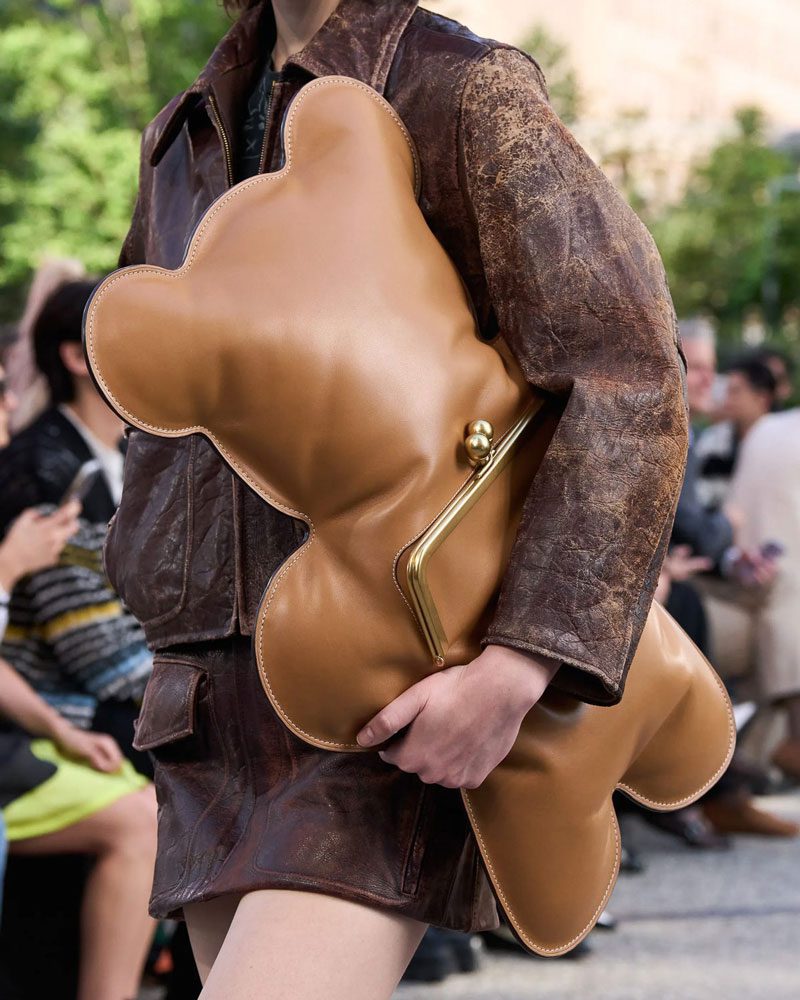
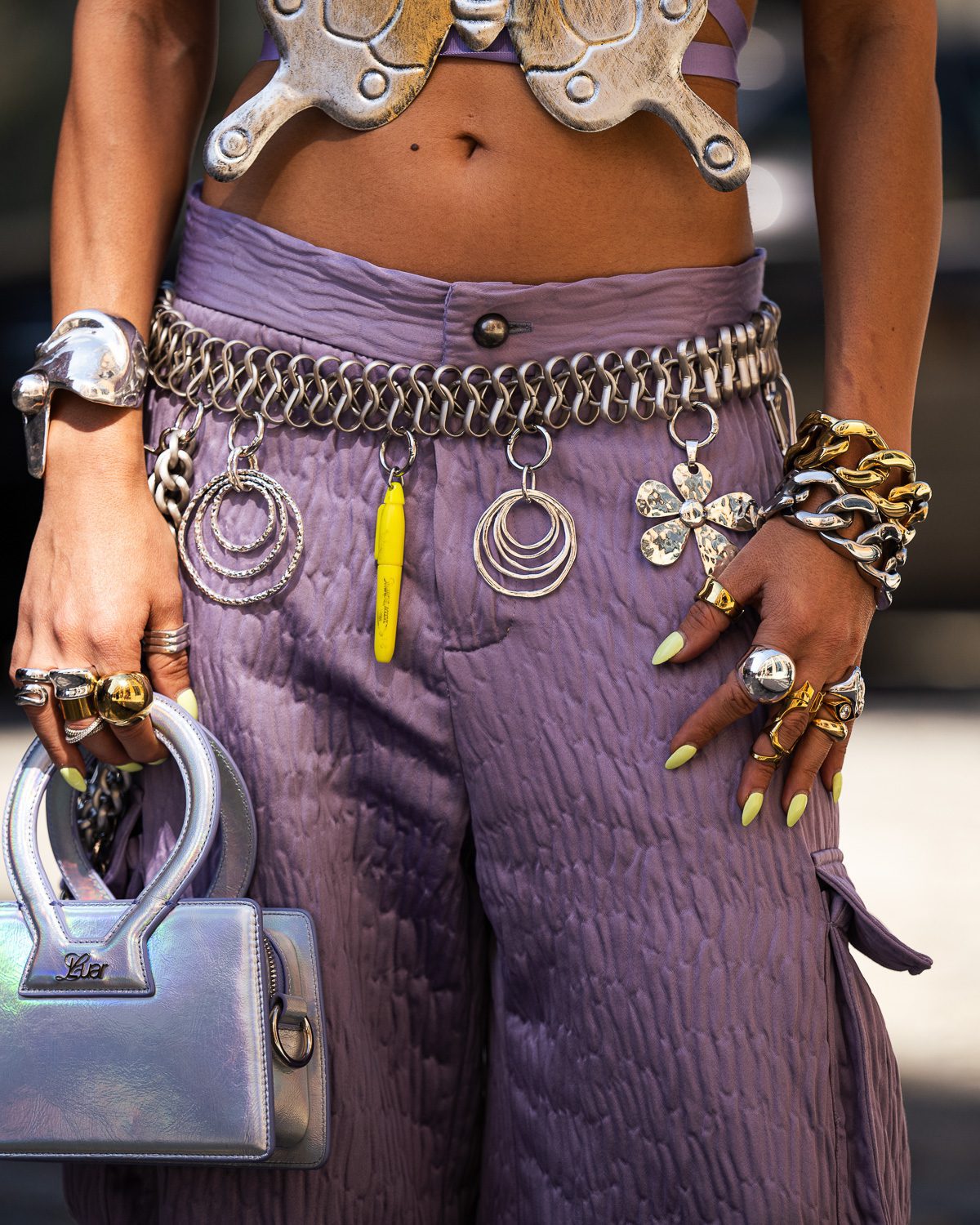
But ever since that too became unfeasible following a 2015 lawsuit, the proportions of NYFW have only magnified, and with that, so have the costs.
In 2007, even the most basic show could set back designers “at least $50,000” – by 2014, the figure had risen to $200,000. Not to mention, the mass exodus of marquee labels – The Row decamped to Paris, Tommy Hilfiger to London, and Tom Ford to Los Angeles (almost immediately on the heels of his election as the CFDA president in 2019) has been a big blow to New Yorkers in general.
And all that atop the long-running debate between editors and influencers (Marc Jacobs controversially named a bag after Bryanboy in 2008) leading us to question the very relevance of fashion week! Why lose a week’s worth of sanity equating your self-worth with vapid back-row invites and peacocking outfits hoping to catch the eye of a stray street-style photographer, when you could be consuming the shows – or even better, buying directly from the runways – with three taps of your phone?
It’s Not the Steak That Sells; It’s the Sizzle
Yet, it was amidst the chaos that Ludovic de Saint Sernin, fresh off his one-season stint at Ann Demeulemeester, brought his namesake label from Paris to New York for FW24, with 365 partygirl Alex Consani walking the show, and Jenna Lyons and Jemima Kirke in attendance.
Or consider The Row, with a missive instructing guests not to record on their phones, not, as Elle suggests, by way of “amplifying fashion’s elitism problem,” but simply to encourage attendees to live in the moment amidst a landscape of hypervisibility.
And living in the moment, it seems, was the running theme at NYFW for SS25.
A mélange of overseas labels like Off-White and Alaïa, and Americana mainstays Tory Burch and Ralph Lauren, livened up by buzzworthy brands like Eckhaus Latta, Collina Strada and Willy Chavarria, presenting their collections in the form of an intimate but demented dinner party, an exhibition in the cemetery (featuring The Green Lady of Brooklyn) and an ode to democracy aptly titled “América”.
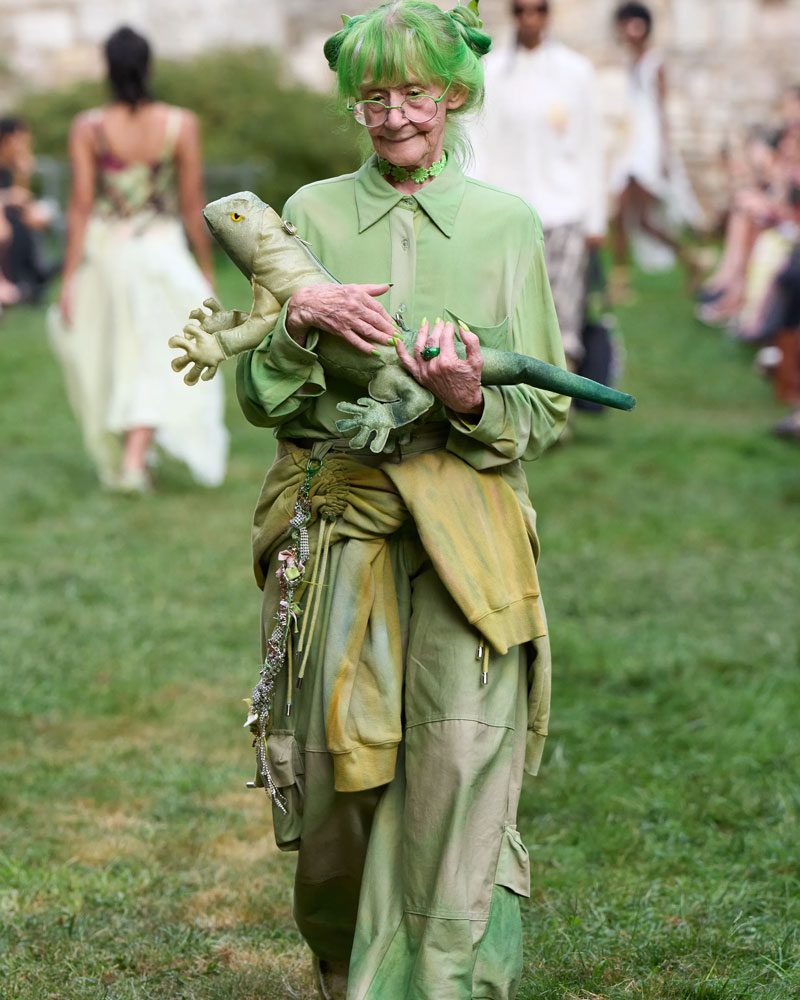
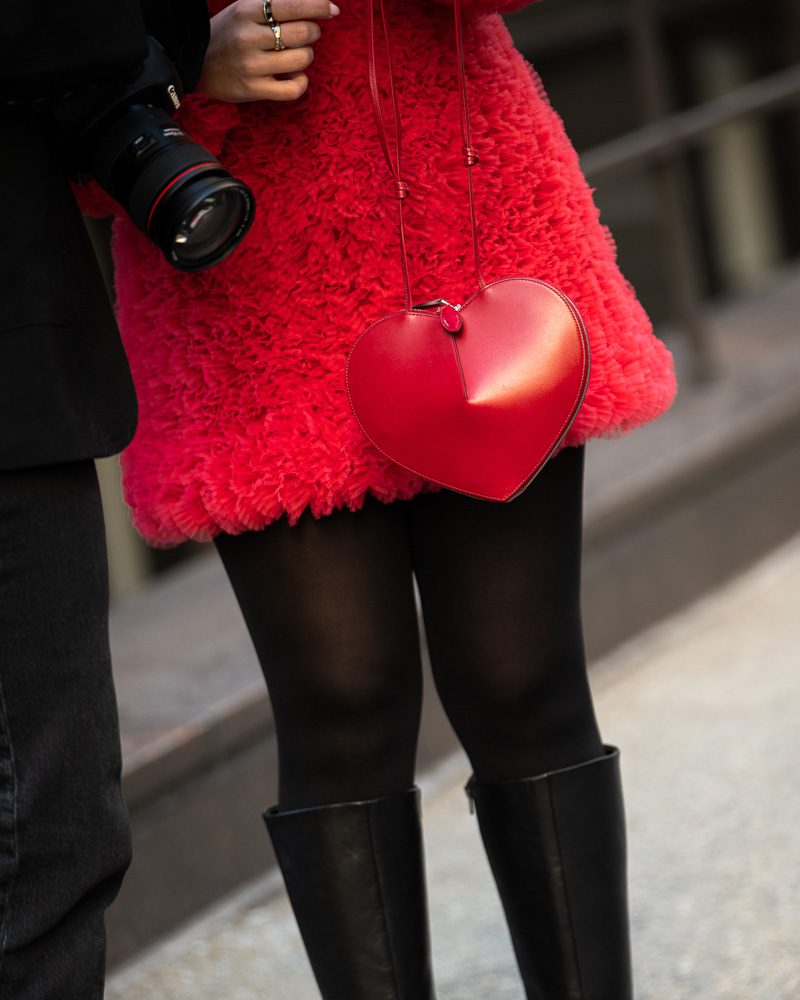
Funnily enough, last year, viral TikToks dispensed advice on how to scam your way into NYFW, when the very core of New York Fashion Week is its sense of inclusivity, its energy, its multi-hyphenate attendance and melting pot of experiences.
After all, New York doesn’t need you to sneak in, it welcomes you with open arms.
Plus, fashion historian and journalist Nancy MacDonell’s book, Empresses of Seventh Avenue: World War II, New York City, and the Birth of American Fashion, indicates of “people going to the very first fashion weeks [in the 1940s], having the same complaints that fashion journalists have now. There are too many shows. There are too many publicity events. The PRs never leave you alone.”
Because for a stressed editor hobbling in heels across the big city, the complaints are just as much a part of the catharsis as the actual events.
And perhaps it’s publicist Matthew Cancel who cancels the NYFW is dead narrative once and for all: “We’re watching clothes go down a runway, for God’s sake. We all need to find the fun within fashion week again.”
featured image via Vogue Runway

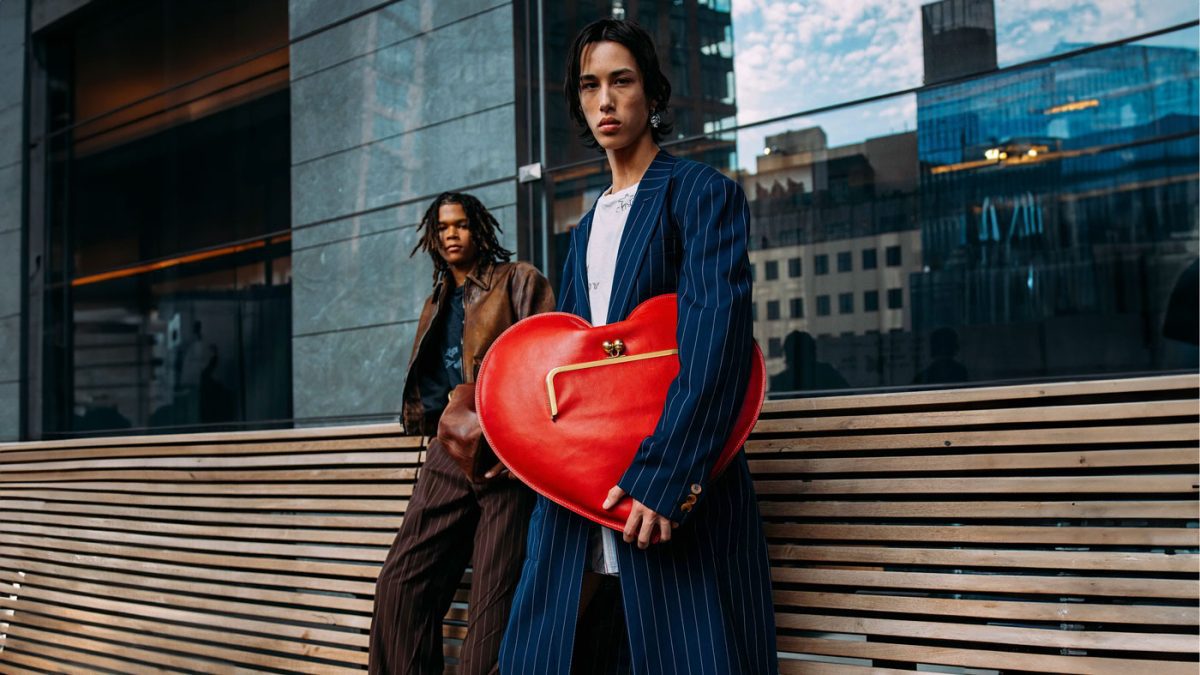
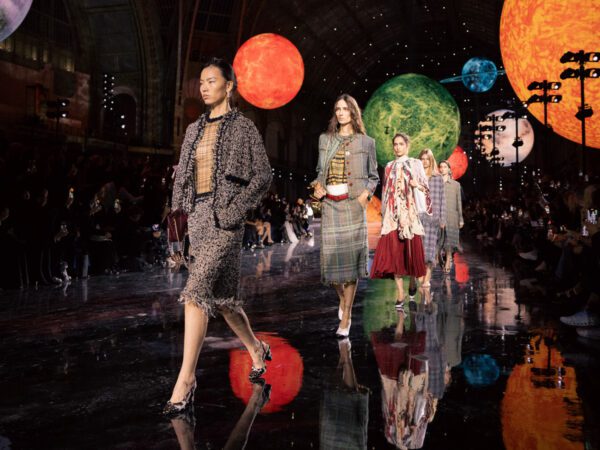
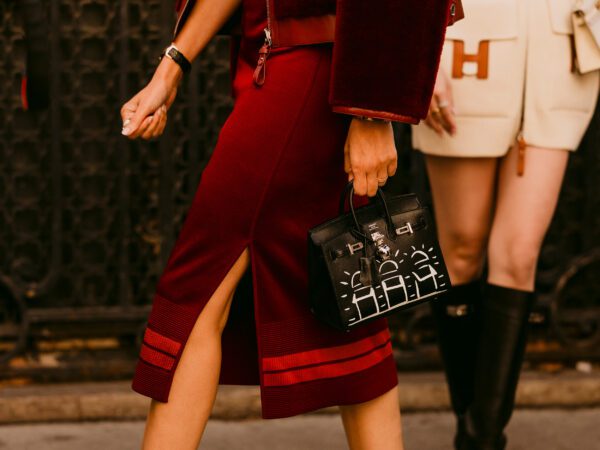
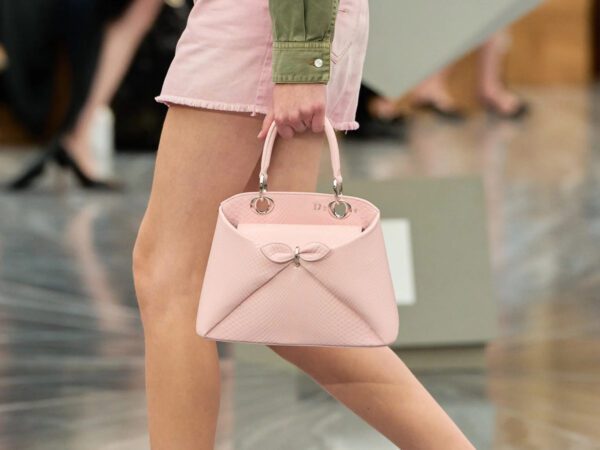
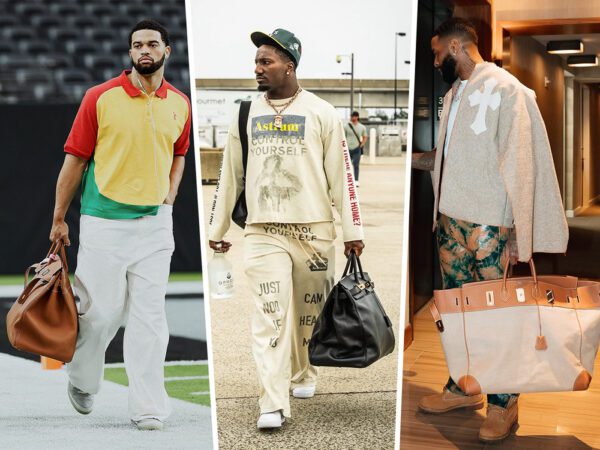
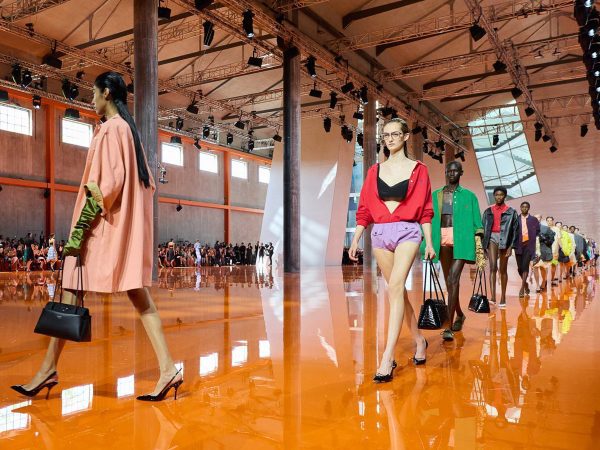
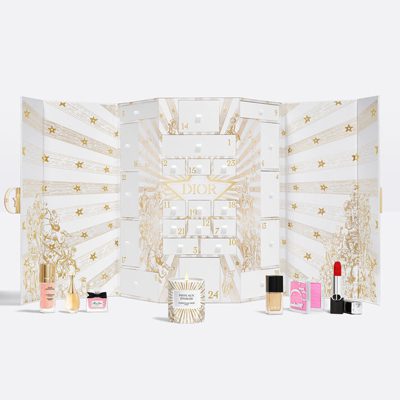
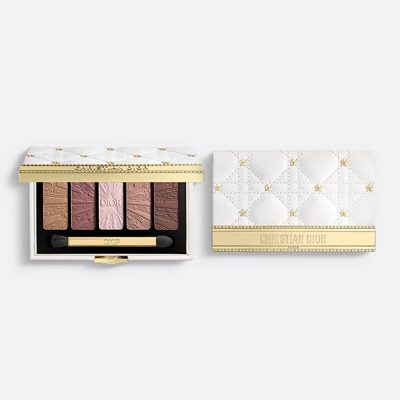
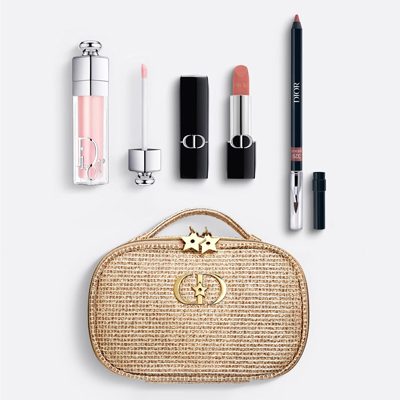
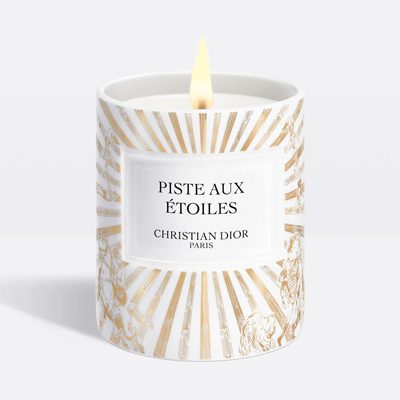
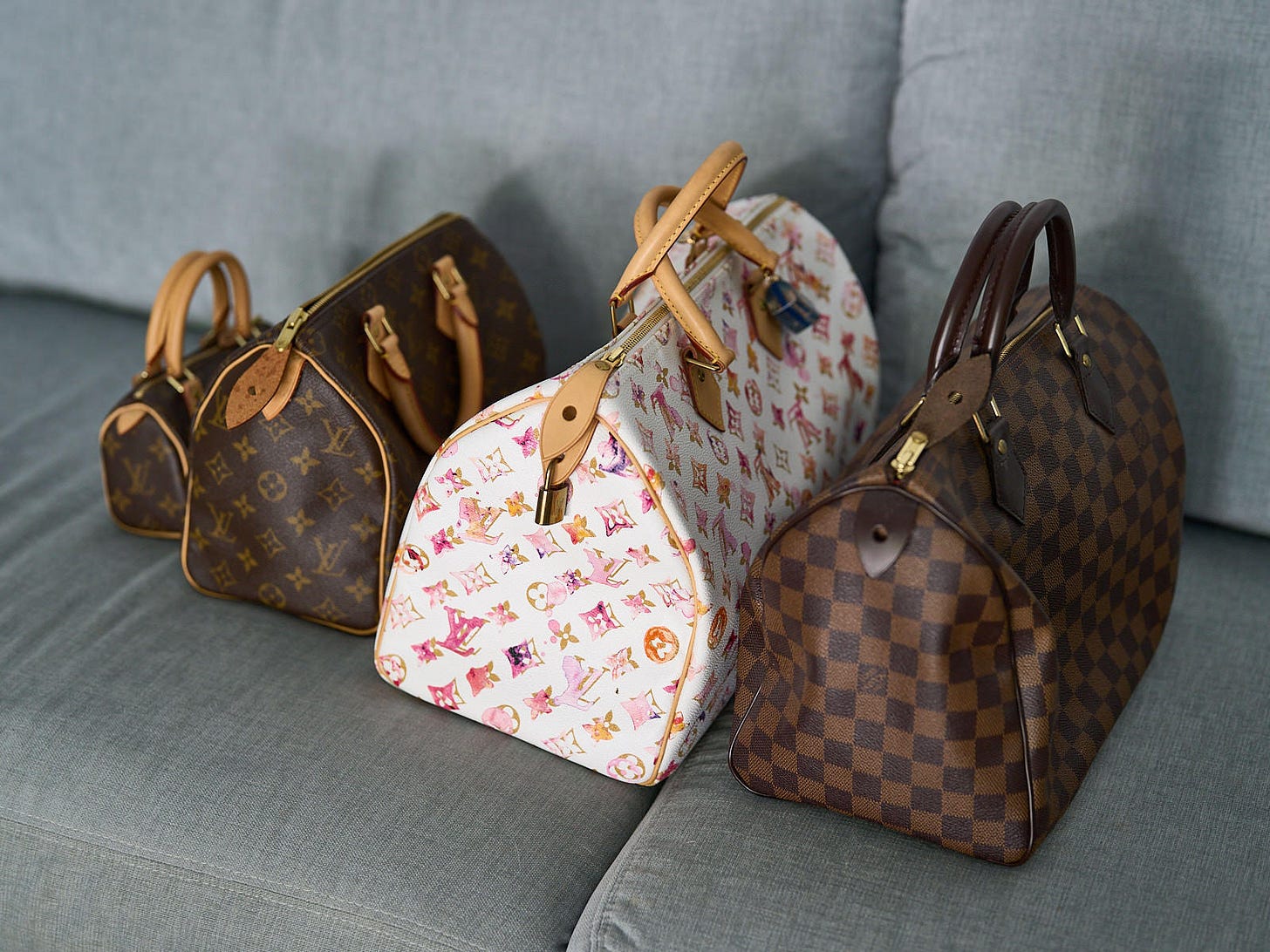

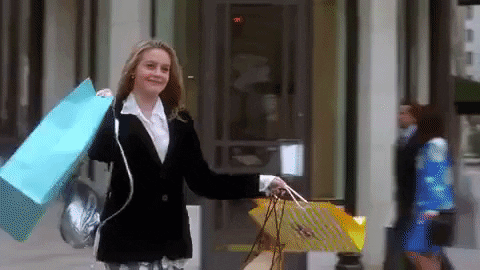
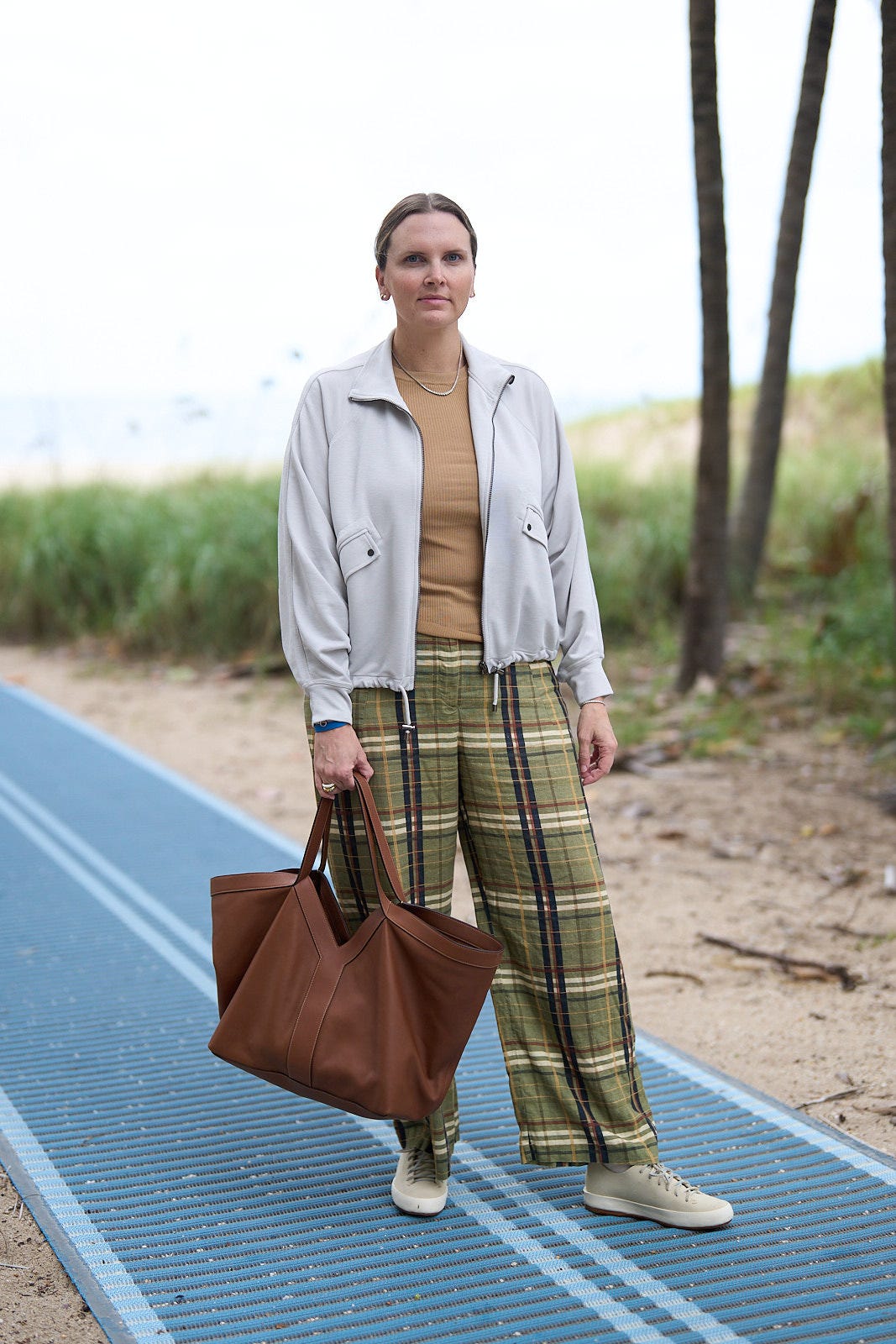
I find NYFW to be too try hard sometimes and many times too derivative of established (often African, Asian, and European) designers. Why would I bother with your vulgar, gentrified, Americanized mess instead of going to the originators instead, who are going to deliver me higher quality items with lower prices?
Also, you’re diluting your brand by inviting cheap TikTok influencers there for a check and not actually there for the brand.
Really the only brands I pay attention to are Ralph Lauren, and MK Collection, but they’re not trying to be something they’re not.
Oh and Marc Jacobs. Forgot to mention.
I hope new york fashion week becomes relevant again but for the past five years it has been a D grade event like the met fall full of influencers and bravo idiots
I agree. NYFW and the Met Gala used to be so exciting to me. The Olsen twins would come out of hiding and would wear fashions that were two seasons ahead of everyone else, front rows were full of fashion executives, big Hollywood stars, and actual VIP clients. There was glitz and glamour. Now the Met Gala is like the VMA red carpet, anyone can get on the list as long as they appeared on an episode of a reality show or have more than 100,000 TikTok followers, and they wear these heinous designs for purely for shock value and not because they appreciate fashion. And this applies to NYFW as well. It has lost its cool factor. People are only going to these events for attention and not because they actually appreciate the art of fashion and design. New York Fashion Week has become as cringe as Minneapolis Fashion Week, and the Met Gala has become as exclusive as dinner at the Olive Garden.
Yes, both NY fashion week and the Met are tacky and circus like! Anyone and everyone get invited to the Met,
the tiktok generation / instragram influencers ruined it all.
I think, when it comes to fashion week and fashion shows in general, a clear indicator of the direction people (consumers, enthusiasts) would like to see brands take, is the response to how The Row approaches showing their collections. No phones, no influencers, very curated. And while some people criticized this decision as exclusionary (even though high fashion has been, and always will be, somewhat exclusionary), most of what I saw and read was people lauding them for putting a bit of magic back into the event that is a fashion show. People seem to forget that for a long time no one saw collections until the photographs were released. Now everything is so accessible it borders on overexposed.
My point being that I don’t think The Row’s decision has hindered their sales, if anything it made people admire the brand more, and likely had a positive impact on their sales. Other brands might want to take note.
Not just NY, we see the same in Paris and other fashion events. It’s only full of wannabe influencers who are more interested in accruing followers and makes the whole event unappealing for everyone else
Friend who works at Conde Nast says even new events like “Forces of Fashion” or “Vogue World” are just pay to play for fashion people to drink fresh squeezed OJ on Conde Nast’s dime while suburban normies from other parts of the country pay $10,000/year to have the privilege of wearing their Chanel tweed to the Big Apple and be “part of the scene.” People are happy to be there spending their money and it’s clear fashion is an inspirational world to so many who are on the periphery—but the vapidity of these events cannot be understated.
Yes, everyone and everybody wants to be or think, they’re fashion critics! It’s become tacky and circus like!
New York & London fashion week has never come close to Paris & Milan fashion week, even though they consider the big 4.